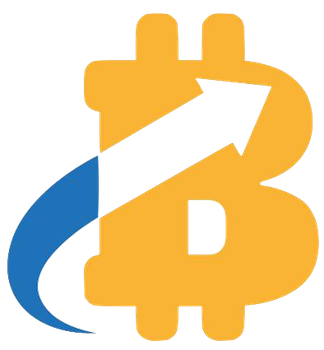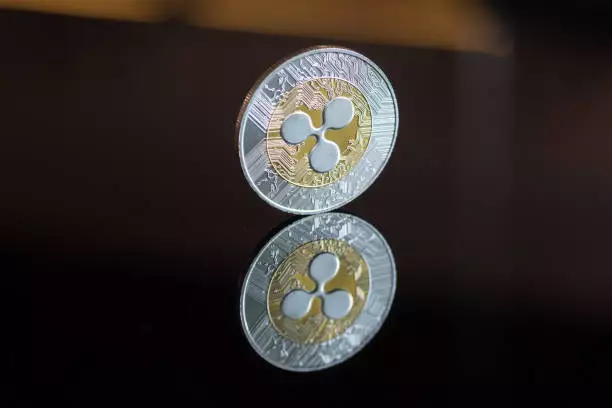The ongoing debate over XRP’s long-term potential sharpens the contrast between conventional financial wisdom and the innovative streak of cryptocurrency technology. Traditionally, asset valuation hinges on market capitalization, earnings, or tangible metrics rooted in the corporate world. However, such measures are increasingly inadequate when applied to digital assets like XRP, which resemble transformative technologies rather than corporate entities. The skepticism surrounding XRP reaching $1,000 stems from this misapplication of classical valuation methods, which struggle to grasp the intrinsic value driven by network utility, adoption, and technological disruption.
This disconnect signifies a broader shift from static, earnings-based valuation models to dynamic, utility-centered assessments. Advocates like fintech analyst Armando Pantoja argue that dismissing XRP’s long-term prospects because of its soaring market cap—initially perceived as an insurmountable barrier—is fundamentally flawed. His analogy comparing XRP’s evolution to Microsoft’s meteoric rise in the early 1990s encapsulates a powerful core argument: disruptive technologies often defy conventional valuation limits, especially during the nascent stages of widespread adoption. If the cryptocurrency space continues to mirror the disruptive trajectory of transformative tech companies, then dismissing XRP’s future because of inflated market caps neglects the core driver—network growth and utility.
Networking Power, Utility, and the Fallacy of Market Cap Barriers
The crux of the optimism surrounding XRP’s trajectory lies in its functional role within the global financial infrastructure. Unlike conventional stocks that derive value from profits, XRP’s worth is increasingly tied to its real-world utility—particularly in cross-border transactions. If XRP becomes a backbone for international payments, as many supporters envisage, its value would be driven by demand for its use case, not just by speculative market cap figures.
This perspective fundamentally challenges classical financial metrics. When examining XRP, the focus shifts from how many tokens are outstanding to how extensively the network will be utilized. Network adoption, institutional trust, and integration into banking systems are measures more relevant than the traditional token supply or market cap. The underlying technology, including Ripple’s partnerships and ongoing regulatory clarity—especially post-SEC action—could unlock demand that drives the price upward exponentially.
Supporters like Pantoja dismiss the idea that an astronomical valuation diminishes XRP’s future. Instead, they assert that the technological infrastructure and the increasing necessity for fast, inexpensive cross-border transfers make XRP’s growth inevitable. The 1,000-dollar target is not a mere fantasy; it’s a reflection of a future where XRP’s utility becomes indispensable for global finance. Therefore, the future price hinges on the broader technological and economic shift rather than current market metrics.
Multi-Stage Growth: From $4 to $1,000 and Beyond
Proponents forecasting XRP’s future recognize that such a leap from current valuations requires a multi-phase growth process. It’s not a straight line to extravagance but a series of milestones driven by institutional adoption, technological innovation, and regulatory agreements. The path outlined by commentators like BarriC underscores a logical progression: XRP first surpassing $4, then moving past $10, then breaking into triple digits, eventually reaching the $1,000 mark.
This projected trajectory hinges on XRP cementing its role in global finance, especially in enabling seamless cross-border payments at a scale that traditional banking solutions cannot match. Banks and corporations are increasingly looking for efficient settlement methods; XRP’s infrastructure is poised to serve as the backbone for that transformation. With favorable regulatory outcomes, notably the resolution of ongoing lawsuits, a wave of institutional trust and investment might accelerate adoption, pushing valuations into the stratosphere.
Challenges remain—regulatory hurdles, technological scalability, and market volatility are formidable. Still, the optimistic outlook insists that the fundamental value lies in the underlying system’s capacity to revolutionize global monetary flows. If XRP’s network gains mass adoption, then its valuation could become a byproduct of real-world demand rather than detached speculation.
In Defense of Innovation Over the Status Quo
The enduring resistance to XRP’s lofty valuation targets reflects entrenched skepticism rooted in traditional finance. Yet, this skepticism underestimates the transformative potential inherent in blockchain-based solutions. As the financial ecosystem evolves—embracing decentralization, smart contracts, and instant settlement—the limitations of classical valuation become increasingly evident.
Supporting a narrative that XRP could reach $1,000 requires embracing a broader understanding of value—one rooted in utility, technological adoption, and the shifting landscape of global finance. If history teaches anything, it’s that disruptive technologies often start with skepticism, and only through sustained innovation and real-world implementation do they realize their full potential.
Armed with this perspective, the aspirational targets are not merely wishful thinking but signals of a future where technological infrastructure supersedes market cap limitations. This outlook champions a progressive, forward-thinking approach—one that recognizes value creation driven not by numbers on a screen, but by the tangible impact on global economic systems.



















Leave a Reply